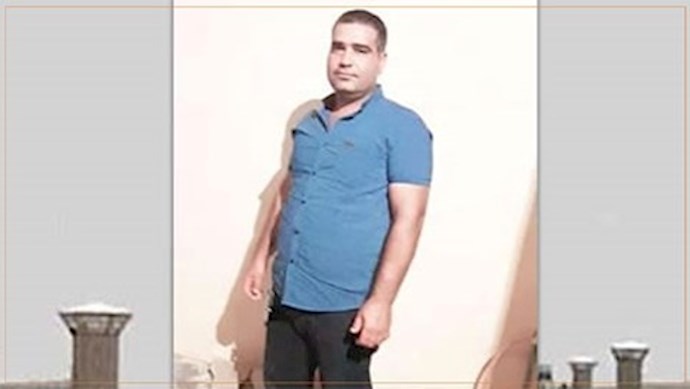Reporting by PMOI/MEK
Iran, September 22, 2020—According to reports received from inside Iran, prison authorities of Sheyban prison in the city of Ahvaz in the southwest province of Khuzestan have transferred four prisoners, including three sentenced to death, to an unknown location. This has raised concerns about their executions becoming imminent.
On Thursday, September 17, Ali Motiri, Ali Khasraji, Hossein Silavi, and Ali Mojadam were transferred from Sheyban prison to an unknown location. The death sentences for Motiri, Khasraji and Silavi have already been confirmed by the regime’s Supreme Court.
Khasraji, 26, and Silavi, 30, were arrested in 2017. Mojadam was arrested on February 9 of this year for “measures against the state” and “membership in a dissident group.”
In June 2020, Mojadam, 39, was kept in solitary confinement for 63 days before being transferred to section 8 of Ahwaz’s Sheyban prison. He is married and has two daughters and a son.
These event happen against the backdrop of increased pressure and persecution of political prisoners in Iran. The Iranian opposition coalition National Council of Resistance of Iran (NCRI) published a shocking report on September 20 exposing the critical conditions of protesters detained during the November 2019 nationwide uprising.
Before being transferred to prisons such as Gohardasht, Evin, and Greater Tehran (Fashafuyeh), the detainees were held in temporary and secret detention centers of the Ministry of Intelligence and Security (MOIS), IRGC, and the State Security Forces (SSF). The detained protesters have been severely tortured in these temporary torture chambers, including Gisha, Islamshahr Security Police, Niloufar Security Police, and Shahriar Security Police.
Some detained protesters from the November 2019 uprising were raped several times, according to the NCRI report. Another method of torture is pouring cold water underneath the prisoner and on the cell’s floor, and keeping the prisoner in that condition for days, causing suffering and pain in their legs and backs and other serious complications.
In the underground prison of Shiraz, south-central Iran, the IRGC Intelligence Division (called Ebrat) keeps prisoners blindfolded and places them under severe torture. They have been hung from the ceiling and beaten with cables on their hands, feet, and fingers.
“There is no medical care in Ebrat prison. During winter, prisoners have to have a cold shower in the prison’s yard. Prisoners are deprived of using the telephone to communicate with the outside world. Prisoners on death row are transferred to solitary confinement the night before the execution. The agents of the regime are cautious so that the names and details of the prisoners in Ebrat prison are not leaked out and do not reach the international organizations,” the report reads.
Also, mock executions are reported as a method of torture carried out on many November 2019 nationwide uprising detainees. “In some cases, they mock the execution by throwing the prisoner off from the rooftop,” according to the NCRI report.
“One detained protester, identified by his initials as M-A, was mock executed twice. Once, he was placed in the trunk of a car and taken to another location. After being taken out, he was asked to [say his prayers] and be ready to be executed. Then while blind-folded, they fired gun shots near his ear and around his body,” according to the NCRI.
More than 7,000 men, women, and children were arrested by IRGC security forces, according to an Amnesty International report published in early September.
According to information gathered by the People’s Mojahedin Organization of Iran’s (PMOI/MEK), Iranian security forces gunned down more than 1,500 protesters during the protests. These numbers were later confirmed by Reuters.
The Iranian Resistance has repeatedly called on the United Nations Secretary-General, the Human Rights Council, and the High Commissioner on Human Rights, as well as other human rights organizations to take urgent action to secure the release of detained protesters who are subject to torture and execution. It also emphasizes the need for an international delegation to visit prisons and detention centers of the clerical regime and to meet with the prisoners, particularly detained protesters.
Also, on September 15, NCRI President-elect Madame Maryam Rajavi called on the UN Security Council, the High Commissioner for Human Rights, and the European Union to take urgent action to save the lives of prisoners in Iran. “They should set up an international fact-finding mission to investigate the killings in November 2019 and visit Iranian prisons,” Madam Rajavi emphasized.
It is imperative for the UNSC, UN High Commissioner for #HumanRights and the EU to take urgent action to save the lives of prisoners in #Iran. They should set up an international fact-finding mission to investigate the killings in November 2019 and visit Iranian prisons.
— Maryam Rajavi (@Maryam_Rajavi) September 15, 2020





